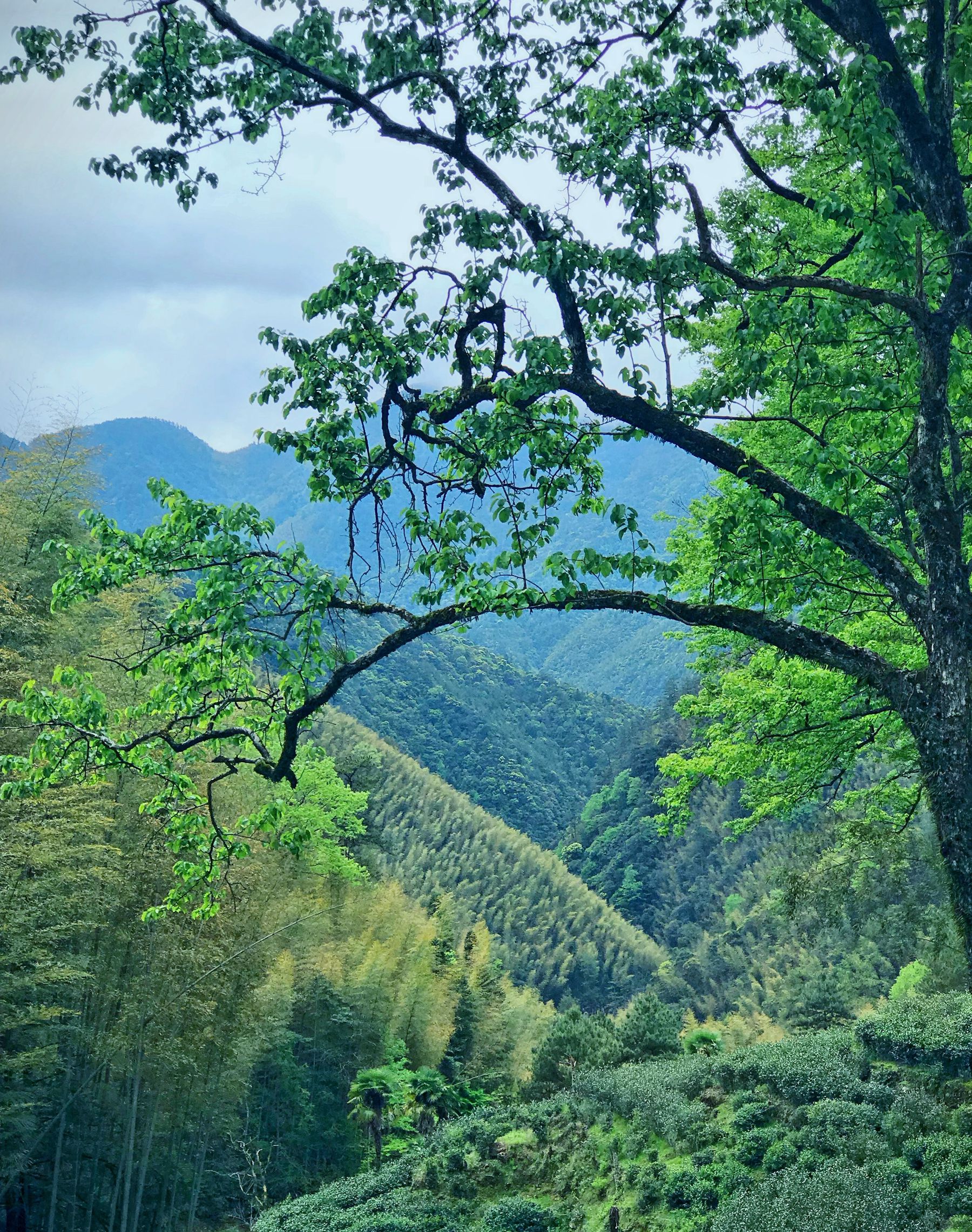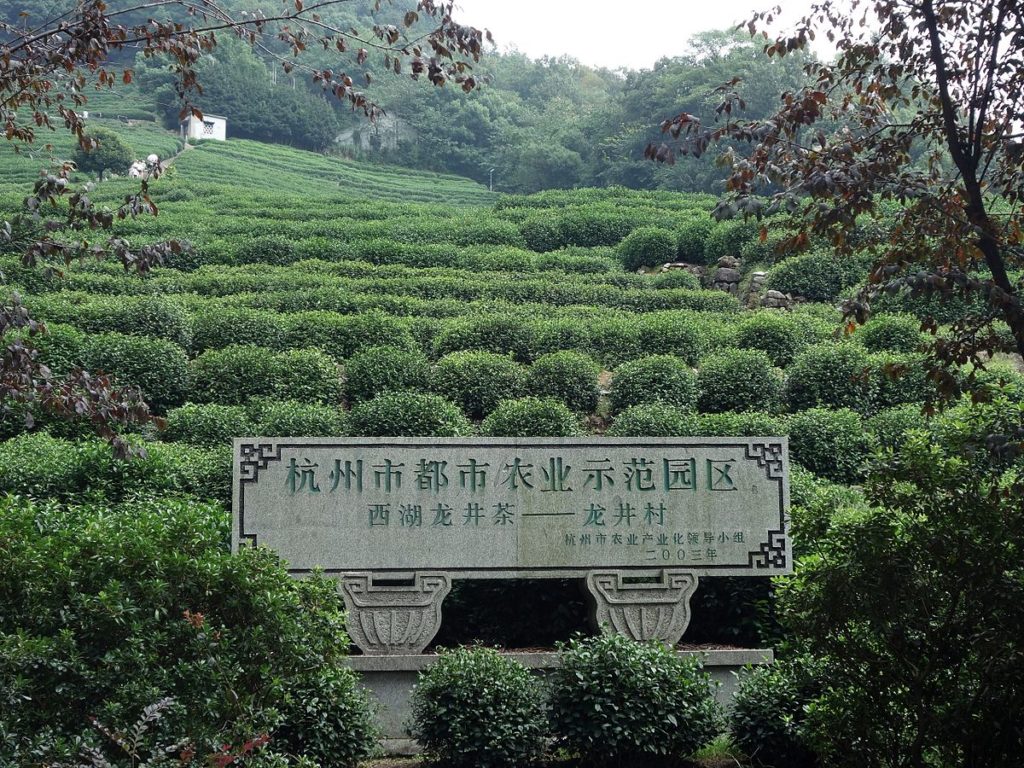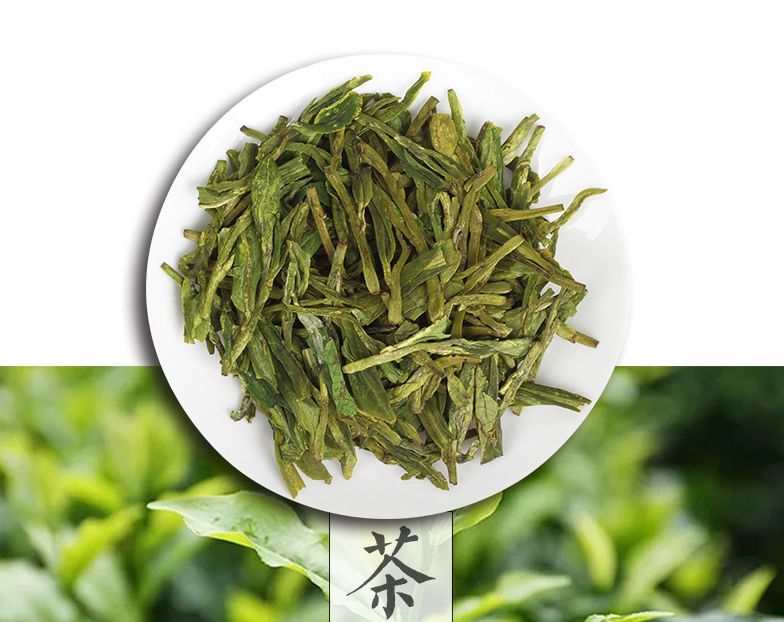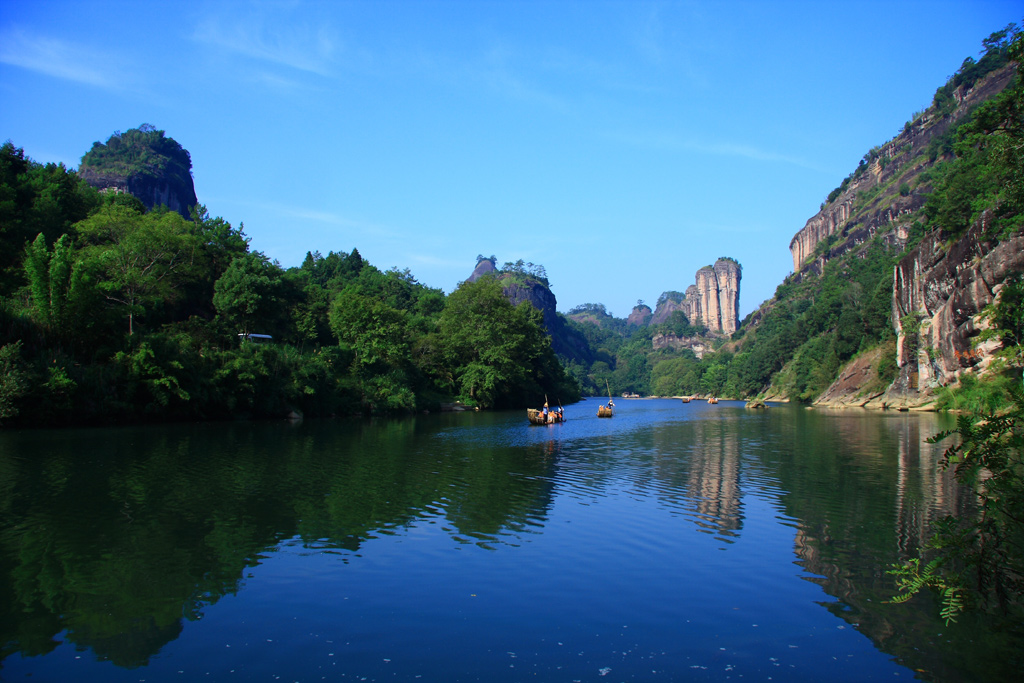Gushu Hongcha, literally means Ancient Tree Black Tea, is a variety of fermented tea produced mainly in Lincang, Baoshan, Xishuangbanna, Dehong of Yunnan province, China. It uses fresh leaves of ancient tea tree which are usually over 300 years old as raw material, following by a series of steps, such as withering, rolling, fermentation, drying etc. What makes Gushu Hongcha different is largely from its origin-ancient tea tree.

Usually, normal black tea leaves are processed from tea shrubs, which age from a few years to dozens of years. Gushu Hongcha uses fresh leaves from ancient tea trees, which age normally over 300 years. Ancient tea trees are larger in size and their roots are stronger and deeper than that of other tea bushes. The roots of ancient tea trees have a much more complex system of development and also they grow much deeper into the earth. They grow in bio- diverse environments where there are many other influences from other plants and the local ecology. Due to the bio-diverse environment, the soil is richer than a standard mono-crop farmed tea. Besides, there are no small hairs on the wild ancient tea tree leaves and its leaves are also featured with smooth and soft characteristics. The special origin and growing environment enable the tea to contain higher levels of polyphenols (catechin/flavonoid, flavones, anthocyanin and phenolic acids) than standard farmed teas.
Yunnan
Southwest China, represented by Yunnan Province, is the origin of tea trees in the world. It is still the place with the largest area of ancient tea forests and the largest number of ancient tea trees and wild tea trees in China and the world. The ancient tree tea grows in the millennial ancient tea forest known as the “Tea Tree Natural Museum”. With abundant rain, fertile soil, and mild subtropical climate, coupled with the diligence and wisdom of the tea farmers, people planted tea trees in the dense primary forest by using biodiversity to prevent and control tea plant diseases and insect pests. Through the natural fermentation of fallen leaves and wild fruits, the forest provides a rich fertilizer for tea trees and effectively suppresses the growth of weeds. On these ancient tea trees, there is also a peculiar treasure—”crab foot” (meaning), which makes ancient tea tree rich in content and to be drinkable “fossil”.
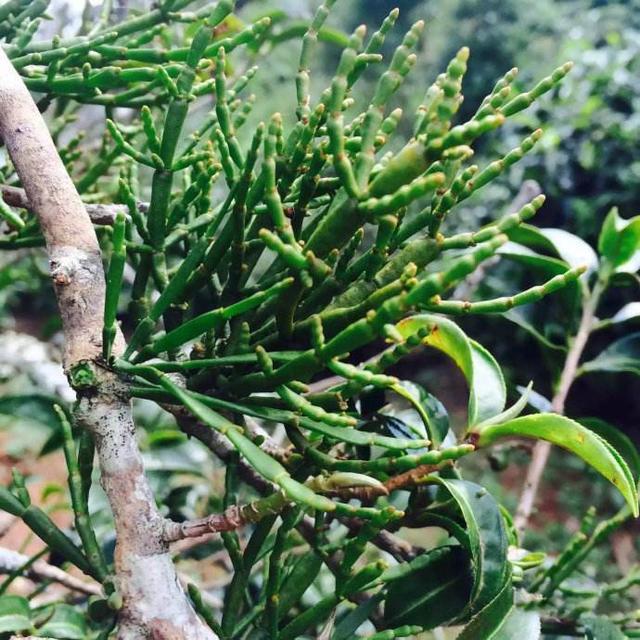
Production
Gushu Hongcha is a fermented tea. The production includes withering, twisting, fermentation, drying and other processes. The specific tea making process is as follows:
- Picking
When picking, tea farmers climb onto the tree and hold the middle of the young stalk between the leaves with the index finger and the thumb, and then use two fingers to pull off the tea leaves.
- Withering
Fresh leaves of ancient trees that have been harvested are placed under the sun for drying, or the hot air is used to evaporate the water of the fresh leaves moderately to reduce the moisture of the cells, reduce its activity and remove the semi-permeability of the cell membrane, so that the leaves are soft, flexible and easy to shape .
- Twisting
Put the withered tea leaves into the twisting machine to make it roll and curl. Because of the kneading, part of the tea juice is squeezed out and adheres to the surface, so that it can be easily dissolved into tea soup during brewing.
- Fermentation
The key process to determine the color, aroma and taste of tea. Fermentation begins with kneading. Due to the pressure of the kneading, the leaf cells are damaged, the polymerization is accelerated, and the fermentation begins.
- Drying
To use a dryer to dry and knead with hot air, so that the water content is less than 4%, which is conducive to storage and sales. The specific stages usually include evaporation (which reduces water content to about 47%), shaping (which reduces water content to about 18%) and fully dry (which reduces the water content to about 5%).

Feature
Gushu Hongcha has its own unique fragrance, especially the floral aroma. When brewing, the tea presents bright color, full-bodied mellow flavor, and long-last sweet aftertaste, accompanied by the taste of primary forests, a unique wild taste of ancient wild tea owns. The special fragrance will make people feel relaxed and happy, as if it allows us to immerse ourselves in the primary forests. Additionally, due to its distinctive and extraordinary features, Gushu Hongcha is different from other common Yunnan black teas, and is named as a “Black Beauty” tea.
Benefit
Gushu Hongcha is sweet and mild, and it can make people healthy both physically and mentally. It is a drink suitable for all ages. Here are several benefits:
- Gushu Hongcha is helpful in the prevention and treatment of myocardial infarction. In order to prevent common osteoporosis in women, it is recommended to take a small cup of black tea daily.
- Gushu black tea has the effect of reducing cellulite and losing weight. Because Gushu Hongcha has a strong effect on the absorption of fat compounds, it can also have a significant therapeutic effect on the reduction of cholesterol in the body, and it can achieve the effects of clearing the intestine, eliminating fat and losing weight.
- Gushu Hongcha helps for immune system and anti-age. During the processing of the tea, many substances inside are effectively converted into vitamins and other nutrients, which play an important role in improving the function of the body’s immune system.
- Gushu Hongcha protects teeth. The tea contains many physiologically active ingredients. Consistently drinking the tea can effectively treat diseases caused by bacteria and has a great effect on strengthening teeth.
Moreover, the tea is rich in protein, which can enhance the body’s ability to resist cold; it can also refresh fatigue, strengthen the stomach and digest food, diuretic, anti-inflammatory and sterilization; at the same time, it can also lower blood sugar, blood pressure, blood fat, and prevent myocardial infarction.

Preparation
Comparing to normal black teas, tea leaves for Gushu Hongcha are softer, bigger, longer and more fuzz. It should be brewed at least 15 times before the flavor begins to fade. The color of the soup is bright, clear and shiny, strong and long-lasting fragrance and strong honey smell.
Brewing Instruction:
1. Put 5 grams of tea leaves into teapot or Gaiwan
2. Fill the glass cup with 200 ml( 6.5oz), 95C (203F) water.
3. Wait for tea leaves release the flavor and color. (20-30 sec)
4. Enjoy your tea.

